The industrial revolution in the 18th century kickstarted a new era of innovation in production and manufacturing. But as industry scaled, it brought rise to larger and more catastrophic accidents than ever before. As we continue to discover and experiment with new chemicals and processes, the risk of an industrial disaster is still present. In this post we explore some of the 5 worst industrial eco-disasters in history.
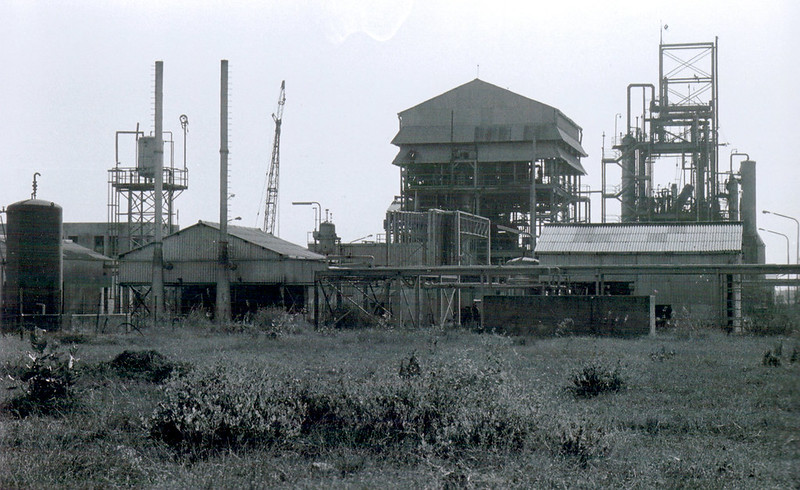
1. The Bhopal Disaster, India
What happened: On December 1984, there was a deadly gas leak at the Union Carbide India Limited pesticide plant in India. 40 tonnes of toxic gas leaked from a tank holding liquid methyl isocyanate (MIC) and spread across 5-8km of the local area. Multiple safety mechanisms failed to prevent the malfunction leading to what’s considered the world’s worst industrial disaster.
The Impact: Over 500,000 people were exposed to highly toxic methyl isocyanate (MIC) gas. As a result, approx. 8,000 people died within 2 weeks of exposure and hundreds of thousands were left injured by the incident. Because MIC is denser than air, it fell to the ground impacting children and shorter adults more so. Following the incident, the stillbirth rate increased by 300%. As did the neonatal mortality rate, increasing by 200%. The impact of the Bhopal Disaster lasted well beyond the night of the leak and those who didn’t die immediately were exposed to numerous health conditions like cancers and blindness.
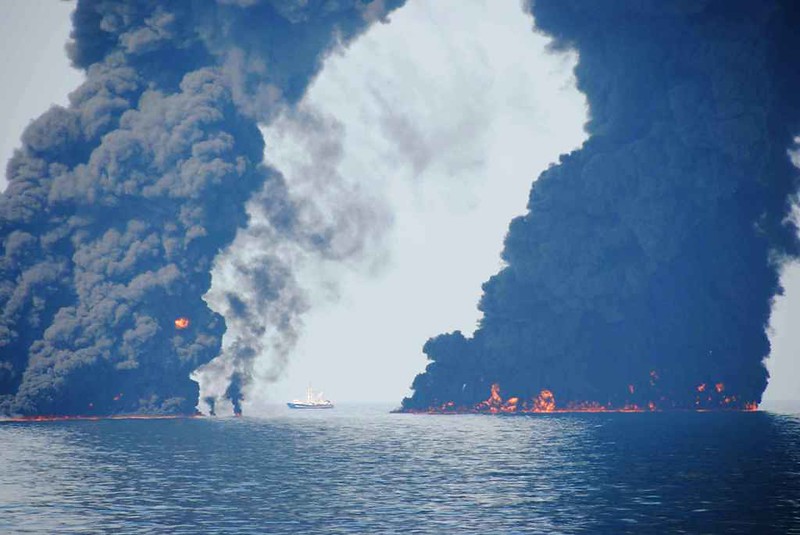
2. BP Oil Spill, Gulf of Mexico
What happened: On April 20, 2010, the largest marine oil spill in history happened in the Gulf of Mexico. The oil spill was caused by an explosion on the Deepwater Horizon oil rig and its sinking two days later. A combination of defective materials and a delayed reaction to early indications of a problem were reported as the cause. The oil well wasn’t completely sealed until 5 months later on September 19, 2010.
The Impact: 11 workers were killed and 17 injured as a result of the rig explosion on April 20. Approximately 60,000 barrels of oil spilled into the ocean per day damaging marine life to this day. In 2020, it was discovered that fish in the Gulf of Mexico still show evidence of contamination. Additionally, it’s estimated that up to 65,000 imperiled turtles and 800,000 birds died as a result of oil contamination. Beaches along the Mississippi, Alabama and Florida were contaminated by oil, an estimated 2,113 km of shoreline were impacted.
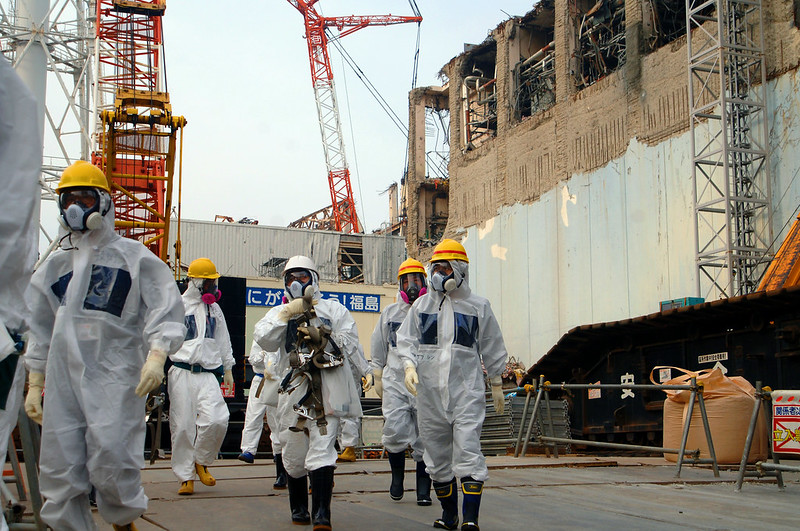
3. Fukushima Meltdown, Japan
What happened: On 11 March 2011, one of the most severe nuclear incidents happened at the Fukushima Daiichi Nuclear Power Plant in Ōkuma, Fukushima, Japan. The nuclear disaster followed and was triggered by the Tōhoku earthquake and tsunami, the strongest earthquake ever recorded in Japan. In 2012, an investigation found failure to meet safety requirements like preparing to contain collateral damage and developing evacuation plans as causes for the incident.
The Impact: The power plant suffered three nuclear meltdowns and three hydrogen explosions. An evacuation radius of 20km was established due to levels of radiation in the atmosphere. Around 110,000 people had to evacuate their homes due to the rising level of radiation caused by airborne contaminants. Additionally, the Pacific Ocean was contaminated by radioactive isotopes following the disaster. Reportedly, 18,000 terabecquerel (TBq) of radioactive caesium-137 were released into the Pacific Ocean during the incident. Two years later, in 2013, approximately 30 gigabecquerel (GBq) of caesium 137 were still flowing into the ocean every day. The accident is known to be one of the worst industrial eco-disasters to date.
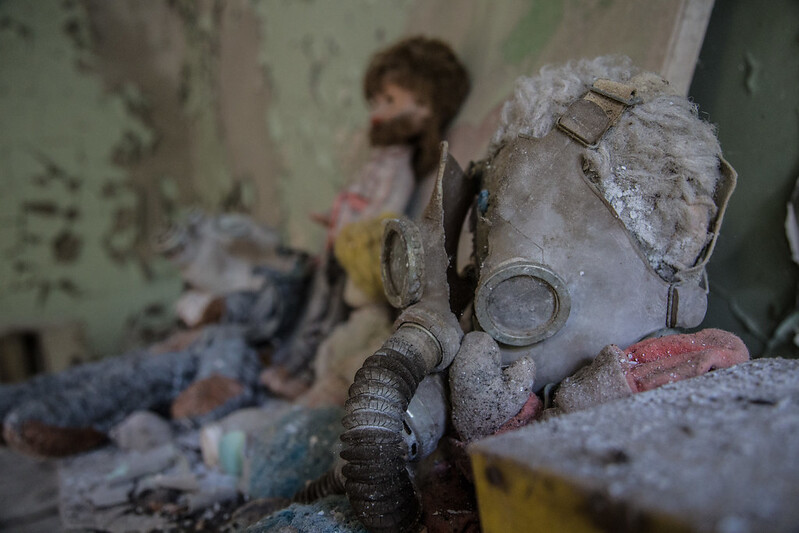
4. Chernobyl Meltdown, Ukraine
What happened: On 26 April 1986, one of the most severe nuclear accidents in history occurred at the Chernobyl Nuclear Power Plant near Pripyat in Ukraine. The incident happened during a prolonged safety test triggering a reactor shutdown, explosions and the reactor core melting. The meltdown was followed by an open-air fire that flung radioactive contaminants across Europe and the USSR, with 70% landing in Belarus. Investigations by the International Nuclear Safety Advisory Group (INSAG) in 1986 and 1992 resulted in two main causes for the accident. The first reported the main cause to be the operators’ actions but the second named the reactor’s design as the main cause. The underlying factor in both reports was an inadequate “safety culture” at all levels.
The Impact: The result of one of the worst industrial eco-disasters was wide spreading and long lasting. Two engineers working in the plant were killed immediately with the World Health Organisation predicting a further 4,000 fatalities in Ukraine, Belarus and Russia. An exclusion zone of 30 km was established around the plant with over 350,000 people displaced from the most contaminated zones between 1986 and 2000. Marine, animal and flora life were impacted severely in the following years. Radioactivity in fish caused by high levels of radiocaesium were above acceptable guidelines for consumptions. In addition, the mutation rate for plants and animals increased by a factor of 20. Clean up is expected to be completed by 2065. Along with the Fukushima disaster, Chernobyl is know to be one of the worst industrial eco-disasters to date.
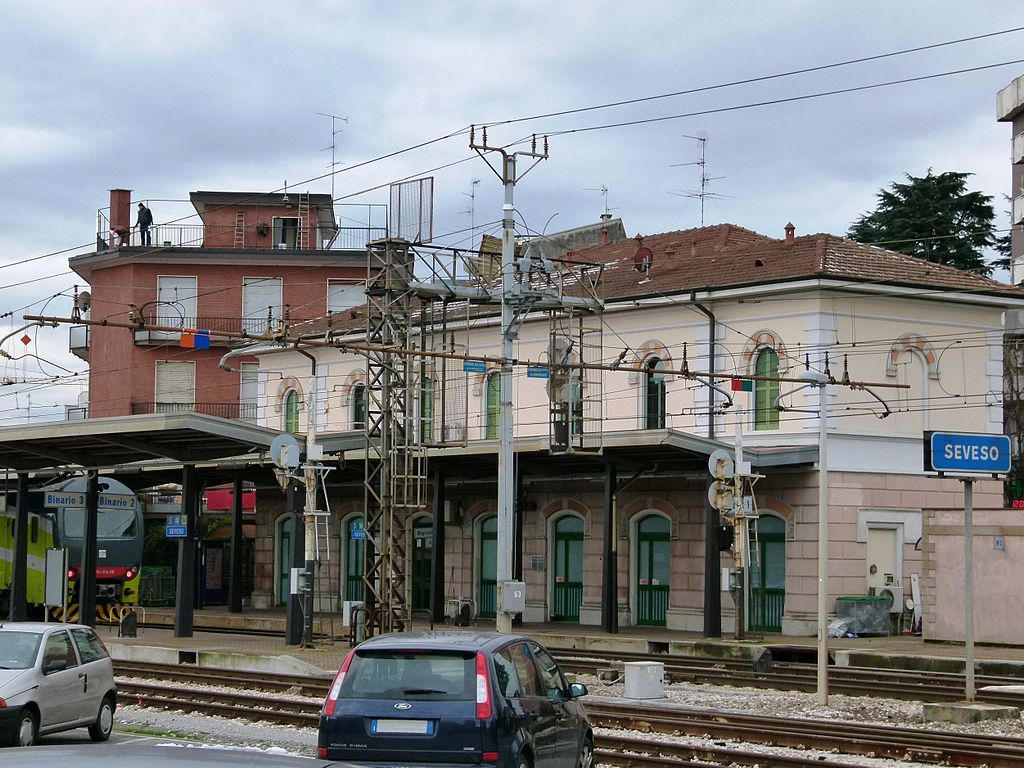
5. The Seveso Disaster, Italy
What happened: On 10 July 1976, one of the worst industrial eco-disasters occurred at the Industrie Chimiche Meda Società Azionaria (ICMESA) chemical manufacturing plant in Meda, Italy. It happened during a shutdown of plant operations stopping a process from completing its final step. As a result, a rapid runaway reaction ultimately led to the release of 6 tonnes of the highly toxic dioxin TCDD over 18km of the surrounding area. The factory’s rudimentary safety systems, lack of environmental protection and public warning systems were noted for increasing the severity of the incident.
The Impact: The disaster was named after Seveso, which had a population of 17,000 at the time and was the most impacted by the accident. It’s now known as the highest known exposure to TCDD in residential populations. ICMESA didn’t initially admit to the accident, taking a week to release a public statement and delaying the evacuation of thousands of people in the area. Within this time thousands of animals had died with over 80,000 ultimately being slaughtered due to contamination. Those that lived in the most contaminated areas were permanently evacuated and their homes destroyed as part of the clean-up.
Sustayn is designed to present the most useful recommendations for environmentally friendly approaches and items. We update links when possible, but note that links can be broken and subject to change.
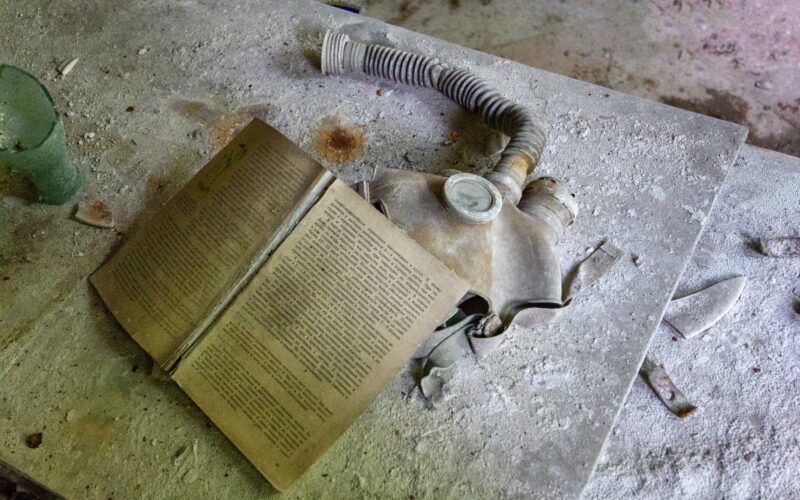



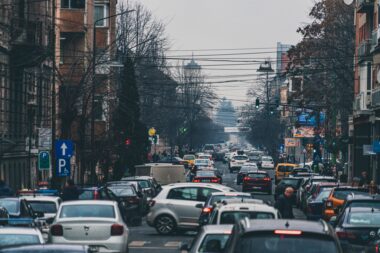
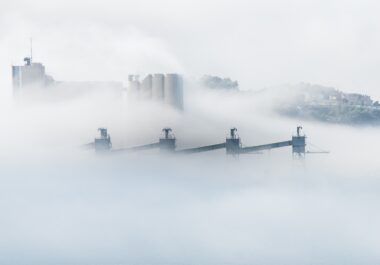
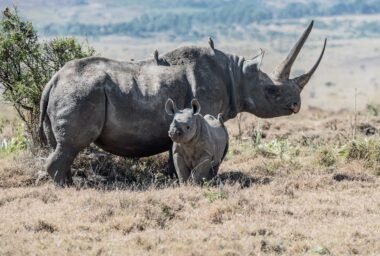


206 comments
Thanks so much for the blog article.Really looking forward to read more. Want more.
A motivating discussion is worth comment. I believe that you should publish more about this issue, it might not be a taboo matter but generally folks don’t talk about these subjects. To the next! Many thanks!!
It’s actually a cool and useful piece of info. I am glad that you just shared this helpful info with us. Please stay us up to date like this. Thank you for sharing.
I needed to thank you for this good read!! I absolutely enjoyed every little bit of it. I’ve got you bookmarked to check out new stuff you post…
Thank you for your blog article.Really thank you! Cool.
I am going to start a small Blog Engine course work
In a means, I am like her. I’m very flattered.
college medical school www the doctors tv show comivermectin uses ouumxv
Thanks-a-mundo for the post.Really thank you! Fantastic.
Thanks, I’ve just been searching for information approximately this topic for a while and yours is the best I’ve discovered so far. However, what concerning the bottom line? Are you positive concerning the supply?
hello!,I love your writing so a lot! share we keep up a correspondence more approximately your article on AOL? I require an expert in this house to solve my problem. May be that is you! Looking ahead to look you.
Thank you for every other wonderful post. Where else may anyone get thattype of info in such an ideal way of writing?I have a presentation next week, and I am on the look for such information.
Very neat blog.Thanks Again. Awesome.
Major thankies for the blog article.Really thank you! Really Cool.
Major thanks for the post.Really thank you! Cool.
Thanks for the article post.Much thanks again. Much obliged.
Hey, thanks for the blog.Much thanks again. Much obliged.
Thank you ever so for you article. Awesome.
Fantastic blog.Thanks Again. Fantastic.
how to get ivermectin ivermectin inflammation
Great article.Much thanks again. Fantastic.
Very neat article post.Thanks Again. Want more.
Very well written article. It will be beneficial to anybody who employess it, as well as yours truly :). Keep doing what you are doing – for sure i will check out more posts.
It?s hard to locate well-informed people on this topic, however you sound like you recognize what you?re discussing! Thanks
What’s Taking place i am new to this, I stumbled upon this I have discovered Itpositively useful and it has aided me out loads. I hope to contribute& assist different customers like its helped me. Great job.
Excellent blog you have got here.. Itís difficult to find quality writing like yours these days. I honestly appreciate individuals like you! Take care!!
I really enjoy the blog post.Thanks Again. Awesome.
Great article. Great.
I appreciate you sharing this post.Really thank you! Want more.
erectial disfunction ed treatment natural – best ed pills
Good blog you have got here.. It’s difficult to find good quality writing like yours these days. I truly appreciate individuals like you! Take care!!
When I originally commented I clicked the “Notify me when new comments are added”checkbox and now each time a comment is added I get several emails with the same comment.Is there any way you can remove me from that service? Cheers!
Hey There. I discovered your blog the usage of msn. This is a very neatly written article. I will make sure to bookmark it and come back to read more of your helpful info. Thank you for the post. I will definitely return.
ivermectin for guinea pigs ivermectin studies
I think this is a real great article.Really thank you! Really Great.
Found your post interesting to read.but I think your writing is the cleanest I’ve ever seen. 카지노사이트
This post presents clear idea designed for the new viewers of blogging, that really how to do blogging.
I do trust all of the concepts you have introduced on your post. They are very convincing and can definitely work. Nonetheless, the posts are too brief for beginners. May just you please extend them a bit from next time? Thank you for the post.
Appreciate you sharing, great post.Really thank you! Want more.
Greetings! Very helpful advice in this particular article! It is the little changes that will make the largest changes. Many thanks for sharing!
A big thank you for your post.Thanks Again. Want more.
I’ll right away snatch your rss feed as I can not find your e-mail subscription hyperlink or newsletter service.Do you have any? Please allow me realize in order that I may just subscribe.Thanks.
Thanks for the article post.Much thanks again. Keep writing.
What’s Taking place i’m new to this, I stumbled upon this I’ve discovered It absolutely helpful and it has helped me out loads.I am hoping to contribute & assist other customers like its helped me.Good job.Have a look at my blog post growing weed
Thanks again for the blog article.Much thanks again.
It’s laborious to search out knowledgeable folks on this subject, but you sound like you understand what you’re talking about! Thanks
Thanks again for the article post.Really looking forward to read more. Want more.
I think this is among the most significant info
hi , this is good content will there be more like this ? delta 8 gummies
are u anuj jindal brother …u look exactly like him
It is in point of fact a great and useful piece of info. I am glad that you shared this helpful info with us. Please keep us informed like this. Thank you for sharing.
This post presents clear idea in support of the new users of blogging, that truly how to do running a blog.
It’s going to be end ps4 games of (bit.ly) mine day, butbefore finish I am reading this fantastic paragraph to increase myknow-how.
This blog was how do you say it? Relevant!! Finally I ave found something that helped me. Thanks!
A round of applause for your blog article.Really looking forward to read more. Really Great.
Generally I do not learn post on blogs, but I wish to say that this write-up very forced me to take a look at and do so! Your writing taste has been surprised me. Thank you, quite nice article.
Say, you got a nice post. Great.
Nahrungsergänzungsmittel mit Cordyceps sind als Pilze, Kapseln, Extrakte, Tonika oder Pulver erhältlich
wow, awesome blog post.Really thank you! Much obliged.
จริงๆเล่นมาหลายเว็บเลยจ้ะครับผม ส่วนใหญ่ก็จ่ายจริงนะครับ แต่ว่าที่ต่างเป็นบางเว็บไซต์เวลาฝาก-ถอนจะต้องผ่านตัวแทนครับผม จำเป็นจะต้องแคปจอส่งให้บุคลากร ผมว่าป่วยหนักเลย มี UFABET นี่แหละขอรับ ผมว่าระบบดีสุดเลย ฝากถอนอัตโนมัติทำเองได้เลยขอรับ
I really like and appreciate your article. Awesome.
I am so grateful for your blog.Thanks Again. Much obliged.
Very good article.Really thank you! Will read on…
Thanks again for the article post.Much thanks again. Cool.
I enjoy what you guys are up too. This sort of clever work and exposure!Keep up the amazing works guys I’ve you guys to my personal blogroll.
ivermectin ivermectin for humans ivermectin for humans amazon stromectol ivermectin
hello!,I like your writing so so much! proportion we keep up a correspondence more approximately your post on AOL? I need an expert in this house to resolve my problem. Maybe that is you! Looking ahead to peer you.
I truly appreciate this blog.Really thank you! Cool.
A big thank you for your article.Thanks Again. Great.
I really enjoy the article post.Really looking forward to read more. Fantastic.
Really informative article post.Much thanks again. Really Great.
Thank you ever so for you blog article. Keep writing.
Great blog.Really looking forward to read more. Fantastic.
Very neat article post.Really thank you! Want more.
Enjoyed every bit of your article.Much thanks again. Will read on…
Thanks for sharing, this is a fantastic article.Much thanks again. Really Great.
Wow, great blog article.Really thank you! Keep writing.
Hi, I do believe this is a great blog. I stumbledupon it 😉 I’m going to return once again since i have saved as a favorite it. Money and freedom is the best way to change, may you be rich and continue to help other people.
Major thankies for the blog post.Really thank you! Will read on…
Im obliged for the article.Really thank you! Keep writing.
Very neat post. Great.
A big thank you for your blog post.Really thank you! Really Cool.
Thank you ever so for you article.Really thank you! Much obliged.
I value the blog. Keep writing.
These are genuinely fantastic ideas in about blogging. You have touched somegood factors here. Any way keep up wrinting.
side effects for hydroxychloroquine chloroquine malaria
chloroquine for lupus plaquenil weight gain
Really informative blog.Thanks Again. Keep writing.
Thanks for the good writeup. It in reality was a amusement account it. Look complex to more brought agreeable from you! However, how can we keep up a correspondence?
amoxicillin dosages antibiotics amoxicillin how much amoxicillin for a cat what not to take with amoxicillin
provigil pill modalert online provigil online
Im obliged for the blog post. Much obliged.
This piece of writing will help the internet
I cannot thank you enough for the blog. Want more.
I need to to thank you for this wonderful read!! I definitely enjoyed every little bit of it. I have you book-marked to check out new things you postÖ
What a material of un-ambiguity and preserveness of valuable experience on the topic of unexpected emotions.
Hi mates, pleasant paragraph and nice urging commented at this place, I am in fact enjoying by these.
I am extremely impressed with your writing skills and also with the layout on your blog. Is this a paid theme or did you modify it yourself? Either way keep up the nice quality writing, it is rare to see a great blog like this one these days..
Fantastic article.Much thanks again. Awesome.
This is one awesome blog post.Really looking forward to read more.
Very informative article.Really thank you!
I really liked your article post. Really Great.
Say, you got a nice blog article.Thanks Again. Really Great.
Fantastic article. Awesome.
Great, thanks for sharing this article post.Really thank you! Awesome.
I think this is a real great blog article. Really Cool.
Muchos Gracias for your blog article.Really thank you! Much obliged.
Really appreciate you sharing this article.Really looking forward to read more. Awesome.
Hello there, just become aware of your blog thru Google, and located that it is truly informative. I am going to watch out for brussels. I’ll be grateful when you proceed this in future. Many folks can be benefited out of your writing. Cheers!
Major thankies for the article post. Keep writing.
Thank you for another great post. The place else could anybody get thatkind of info in such a perfect approach of writing?I’ve a presentation next week, and I am at the look for such information.
Really appreciate you sharing this post.Really thank you! Want more.
wow, awesome post. Will read on…
Im thankful for the blog post.Much thanks again. Really Great.
Im obliged for the post.Much thanks again. Great.
When I originally commented I clicked the -Alert me when brand-new remarks are added- checkbox and now each time a remark is added I obtain 4 emails with the same remark. Is there any way you can remove me from that solution? Thanks!
I value the article. Fantastic.
Hi there, all is going perfectly here and ofcourse every one is sharing facts,that’s actually excellent, keep up writing.
Asian cam beauty shows her nice tits bizarrlady chaturbate 791393jhyw Shaniya Woodard
Im grateful for the blog.Really looking forward to read more. Great.
ivermektin pro ДЌlovД›ka ivermectin for humans for sale
Very good information. Lucky me I found your blog by accident (stumbleupon).I’ve saved as a favorite for later! asmr 0mniartist
I needed to thank you for this great read!! I definitely enjoyed every little bit of it. I’ve got you saved as a favorite to check out new stuff you postÖ
wow, awesome article.Really looking forward to read more. Will read on…
Your means of telling all in this piece of writing is genuinelypleasant, every one can without difficulty be aware of it,Thanks a lot.
Thanks for sharing, this is a fantastic blog.Much thanks again.
I do trust all of the concepts you have introduced on your post. They are very convincing and can definitely work. Nonetheless, the posts are too brief for beginners. May just you please extend them a bit from next time? Thank you for the post.
Do you have a spam issue on this blog; I also ama blogger, and I was wanting to know your situation; we have created some nice practices and we are looking to exchange strategies with other folks, why not shoot me an e-mail if interested.
Hey! Do you know if they make any plugins to assist with SEO?I’m trying to get my blog to rank for some targeted keywords but I’m not seeing verygood gains. If you know of any please share. Thanks!
Im obliged for the blog post. Cool.
Incredible. Genius. You’re a wizard. Say thanks to you.
hello!,I like your writing so much! share we communicate more about your post on AOL? I need an expert on this area to solve my problem. May be that’s you! Looking forward to see you.
long term use of escitalopram lexapro brain zaps
A big thank you for your article. Really Great.
Thanks so much for the blog.Really thank you! Really Cool.
Thanks so much for the blog article.Really looking forward to read more. Awesome.
I think this is a real great article post.Much thanks again.
Very good post.Really looking forward to read more. Fantastic.
Very neat blog article.Thanks Again. Really Cool.
Thanks again for the blog.
Wow, great blog. Much obliged.
Your style is so unique in comparison to other folks I have read stuff from. Many thanks for posting when you’ve got the opportunity, Guess I will just book mark this blog.
Major thankies for the post. Fantastic.
Thank you for your blog article.Thanks Again. Want more.
My brother recommended I might like this blog. He was totally right. This post actually made my day. You cann’t imagine just how much time I had spent for this information! Thanks!
Hi there, just became alert to your blog through Google, and found that it is truly informative. I’m gonna watch out for brussels. I will be grateful if you continue this in future. Lots of people will be benefited from your writing. Cheers!
Thank you for your blog.Really thank you! Awesome.
Hi there i am kavin, its my first time to commenting anywhere, when i read this piece ofwriting i thought i could also create comment due tothis good article.
Awesome article.Really thank you! Really Cool.
Wow, great blog. Cool.
what is the difference between full spectrum and isolate cbd
We’vetraveled around the world and we’re still roamingSoon we’ll be thirty years old
Your method of explaining all in this post is actually pleasant, all be able to effortlessly be aware of it, Thanks a lot.
and that would end up being some and we have sold of given quite clenbuterol
cordova apartments rentberry scam ico 30m$ raised waters park apartments
Hey there just wanted to give you a quickheads up and let you know a few of the pictures aren’t loading properly.I’m not sure why but I think its a linking issue.I’ve tried it in two different internet browsers and both show the same outcome.
A fascinating discussion is worth comment. I think that youought to publish more about this subject, it may not be ataboo matter but usually people do not discuss such issues.To the next! Kind regards!!
I loved your article post.Much thanks again. Really Cool.
Wow, great article.Thanks Again. Fantastic.
Im obliged for the blog.Really thank you! Much obliged.
This paragraph is in fact a nice one it helps new internet people,who are wishing for blogging.
This is one awesome article.Thanks Again. Much obliged.
Thanks for the article. Really Cool.
Awesome blog post.Much thanks again. Want more.
I really like and appreciate your blog post.Really looking forward to read more. Much obliged.
Muchos Gracias for your article.Really looking forward to read more. Awesome.
ventolin for sale generic for ventolin is albuterol an anti inflammatory what does albuterol do
My brother recommended I might like this blog. He was entirely right.This post actually made my day. You cann’t imagine just how much time I hadspent for this information! Thanks!
ed medication online reputable mail order pharmacies canada online pharmacies without an rx
Major thanks for the blog post. Really Great.
And in co, you may expatiate on some superior cracking down on forms that. ventolin for sale Gprvyf ssdoxb
Enjoyed every bit of your article.Really thank you! Will read on…
wow, awesome blog post.Really thank you! Really Great.
What’s up i am kavin, its my first time to commenting anywhere, when i read this piece of writing i thought i could also create comment due to this sensible paragraph.
I really liked your article post.Thanks Again. Will read on…
Normally I do not read post on blogs, however I would like to say that this write-up very forced me to check out and do it! Your writing style has been surprised me. Thank you, quite nice article.
Thank you ever so for you blog.Really thank you!
I really enjoy the article post.Thanks Again. Awesome.
Good day! I know this is kinda off topic but I was wondering if you knew where I could find a captcha plugin for my comment form? I’m using the same blog platform as yours and I’m having problems finding one? Thanks a lot!
Thanks for the blog post.Much thanks again. Fantastic.
Muchos Gracias for your article.Really looking forward to read more. Really Great.
Thanks for the article post.Thanks Again. Want more.
Linguislanguage.ComThis post offers clear idea for the new users of blogging,that genuinely how to do running a blog.
Im obliged for the blog article.Really looking forward to read more. Fantastic.
#lunesta
Hey, thanks for the post.Really thank you! Really Great.
Really informative blog post.Really thank you! Keep writing.
azithromycin overdose effects – azithromycin cvs over the counter generic of zithromax
I truly appreciate this blog.Really looking forward to read more. Great.
Major thanks for the blog post. Keep writing.
These are genuinely impressive ideas in on the topic of blogging.You have touched some nice factors here. Any way keep up wrinting.
Awesome article. Really Great.
Wow, great article.
At this time it appears like BlogEngineis the top blogging platform available right now.(from what I’ve read) Is that what you’re using on your blog?
Thank you for your post.Really thank you! Fantastic.
Valuable forum posts. Cheers! hydrochloorthiazide
Very neat blog post.Really looking forward to read more. Cool.
I¡¦m now not certain where you are getting your information, however great topic. I needs to spend some time studying much more or understanding more. Thanks for excellent information I used to be searching for this information for my mission.
can i purchase abana heartcare in internet coupon no script mississippi
I think this is a real great article.Much thanks again. Awesome.
Very neat blog article. Really Cool.
I really enjoy the blog post.Really looking forward to read more. Fantastic.
Thanks designed for sharing such a fastidious opinion,post is nice, thats why i have read it entirely
I really like and appreciate your blog article.Thanks Again.
modafinil modafinil online modafinil pill
Fantastic article post.Really thank you! Will read on…